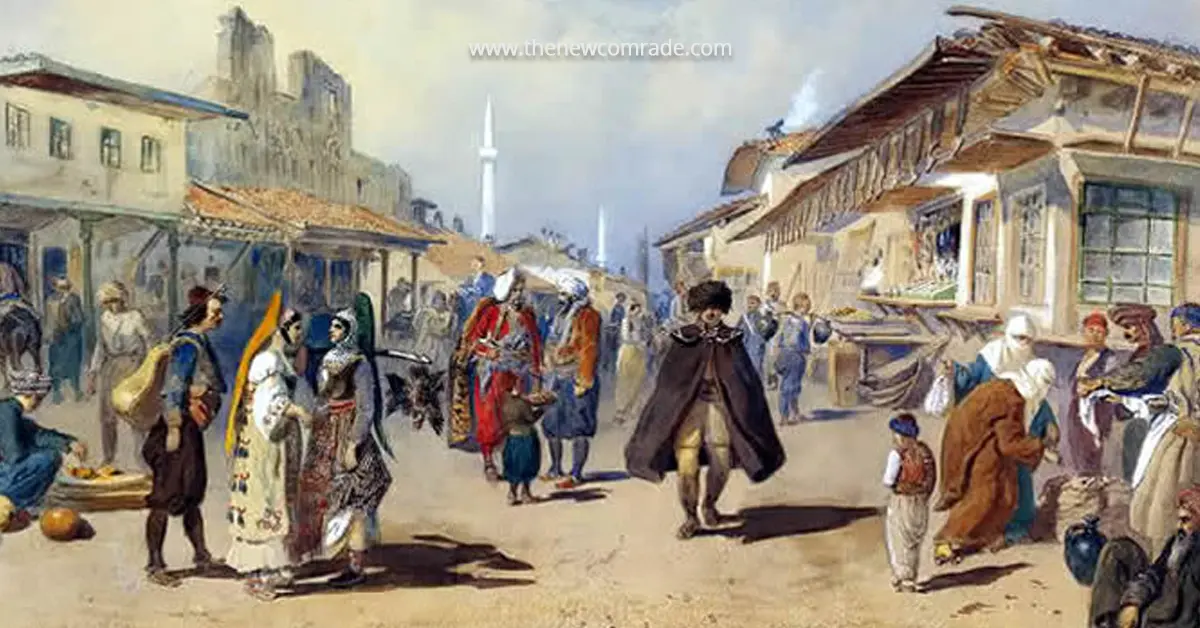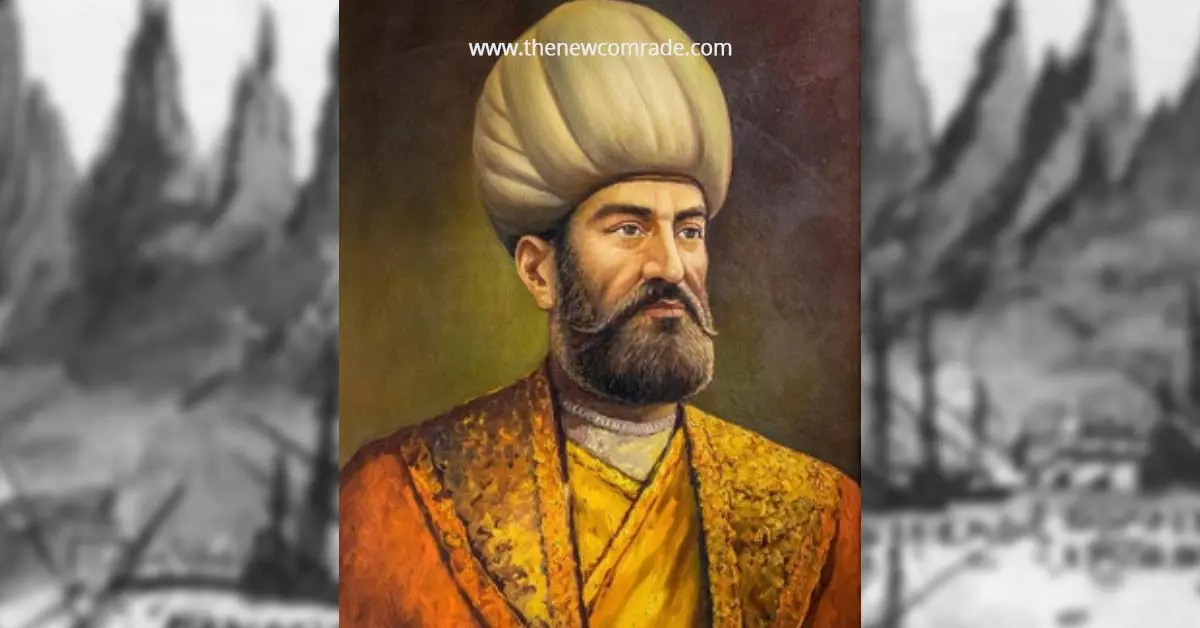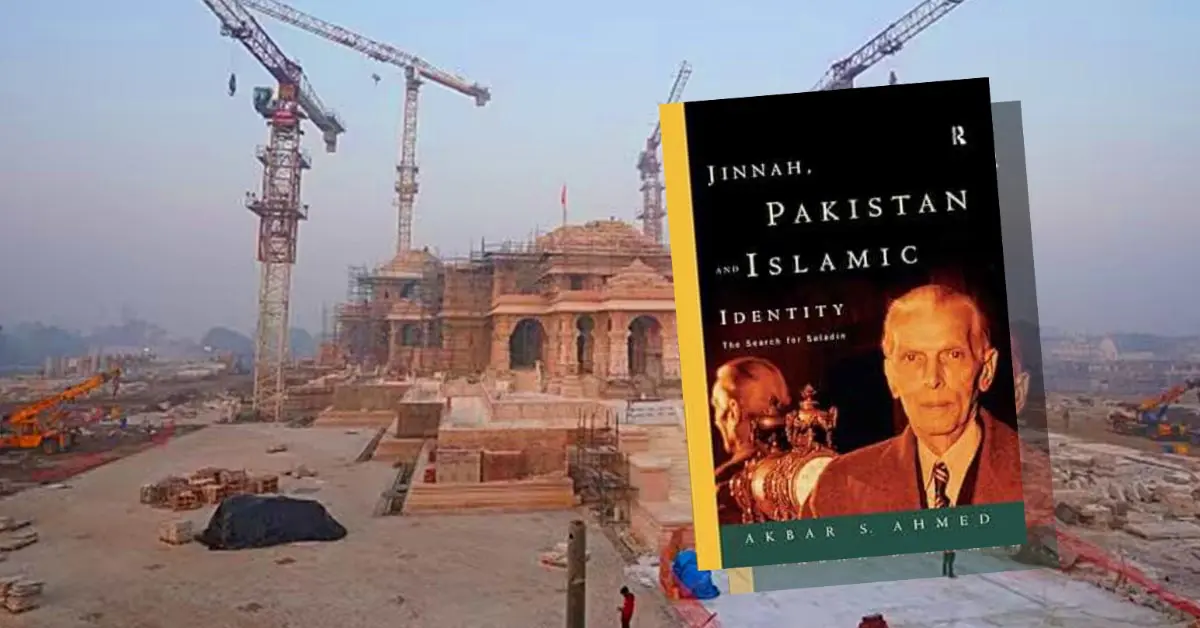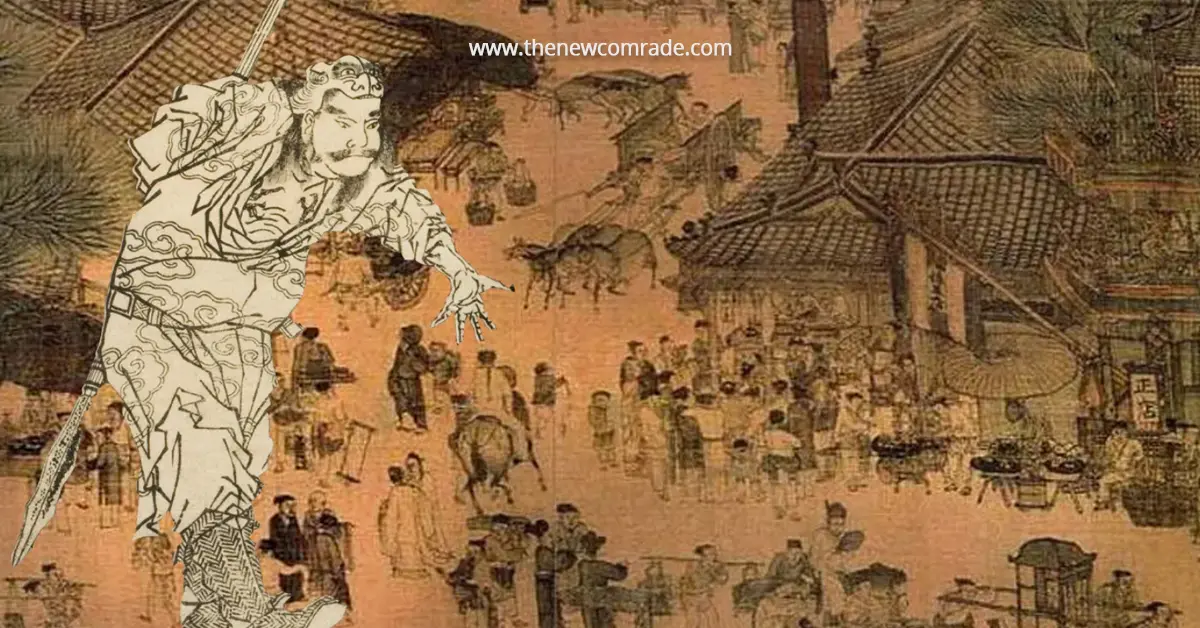The most striking consequence of Shah Waliullah’s work was the emergence of a powerful movement to combat British and Sikh forces from without and moral and spiritual corruption from within. The man who strove more than anyone else to fulfil Shah Waliullah’s mission was Sayyid Ahmad Shahid, born in 1787 in Raibarelli, a small town situated about fifty miles from Lucknow. However, In contrast to Shah Waliullah, Sayyid Ahmad was not any scholar in the usual sense. As a child he learned almost nothing at school except to write a few simple words and to recite some short chapters of the Quran from memory. He was extremely athletic and devoted a great deal of time during his youth to physical exercise and wrestling. He was very fond of swimming in which he excelled. He also loved weight-lifting and many stories have come down to us relating his prodigious strength and courage. After his father’s death, when faced with the necessity of earning his livelihood, he sought employment at Lucknow but after staying three months there without any success, he finally decided to attach himself as a pupil to Shah Abdul Aziz, a son of Shah Waliullah and renowned as one of the greatest ulema of India. On reaching Delhi, he presented himself to Shah Abdul Aziz who was happy to learn that he was a blood relation of the descendants of Shah Waliullah. He was most pleased by his simple Islamic way of greeting, “Assalaam-alaikum”, since that custom had nearly disappeared from among the Muslims of India by this time. In the course of his studies, Sayyid Ahmad had the peculiar experience that his eyes could not see the written word. Although he showed great enthusiasm in the study of Quran and Hadith, he was not at all attracted to the other subjects. Some thought he was physically ill but this proved to be but a sign from God that he was not meant for reading or writing.
By the time he was a youth of twenty two, he had learned Arabic and Persian as well as acquiring the essential knowledge of Quran and Hadith and was initated by his teachers into the mysteries of Tasawwuf or mysticism. He was a handsome young man, quite tall, strongly built of pleasing golden brown complexion and great dreaming, dark eyes. He emerged from the madrasah of Shah Abdul Aziz a passionate believer in his mission which was to propagate the teachings of the Quran and Hadith. On his return to Raibarelli, he was hailed as a saint by the people because of his exemplary character and his simple and pious life. His association with Shah Abdul Aziz further enhanced his reputation. Everywhere he went, he was praised as a man of God. His professed objective was to restore Islam to its original purity and cleanse it from all superstitions of Hindu and Persian origin. He was not in the least concerned with doctrinal controversies or arguing over trivial matters. His message was only to preach to the common people the unity of God and the necessity to obey His commandments.
In July 1821, Sayyid Ahmad went to Mecca to perform the Haj. Although the Haj is one of the duties obligatory on every Muslim in sound health who can afford it, the Muslims of India had nearly abandoned it on the pretext that the journey to Mecca had become too dangerous. Along with Sayyid Ahmad went a large party of some four hundred, including women and children. Although he did not possess enough funds to finance the journey, he told his followers to trust implicitly on the bounties of God. Consequently, when his party returned home, they not only had sufficient provision but a surplus of several hundred rupees. During his stay in Arabia, the Sayyid met numerous scholars and acquired knowledge of all the significant movements in the Islamic world, including the Wahabi movement. However, it is wrong to consider the movement launched by Sayyid Ahmad as a mere branch of Wahabis as too many European writers like William Hunter in his ‘Indian Mussalmans’ have mistakenly believed. The min ideals of Sayyid Ahmad’s movement had already been formulated before his departure for Arabia.
On his return from the Haj, Sayyid Ahmad began his preparations for a nation-wide Jihad to liberate all India from foreign domination and establish a genuine Islamic state. He along with his chief disciple, Shah Ismail, was martyred at Balakot in 1831 in battle with the Sikhs. Nothing was left of his remains. This was the utmost revenge the Sikhs could take upon their Muslim rival which attains added significance when it is remembered that the illiterate Pathans believed that the soul of a person could never rest in peace or enter Paradise if the body had been burned!
Sayyid Ahmad Shahid and his followers succeeded in living up to the ideals set by the Holy Prophet and his companions. They first urged the people to accept Islam or pay Jizyah and then took up arms as a last resort. When they waged warfare, they scrupulously observed all the injunctions of Islam. They never committed any wild or savage act, their soldiers were not wine-drinkers nor did any of them indulge in illicit sex. Not one instance was ever reported of any complaint of the molesting of women or the plunder of property. These soldiers of God were truly saints who spent their days on horseback and their nights in prayer, never for one instant forgetting the final judgment of God and the Hereafter.
Their failure is only apparent and not real. The real success for a Muslim is that he strives for the triumph of Islam in order to win the favour of Allah and works as he rightly should. Judged by these criteria, the Mujahidin succeeded in their mission. But from a worldly point of view, they failed because they could not put an end to the un- Godly rule and practically establish the political supremacy of Islam.
Their one weakness was the failure of these reformers to form a correct view of the Muslim people’s morbid attachment to Tasawwuf. Not only were precautions not taken but the disease was aggravated by giving an overdose of the same undesirable diet. If anybody wished to revive Islam, he must shun the language and terminology of the Sufis, their mystic allusions and metaphoric references, their dress and etiquette, the saint-disciple institution and all other things associated with it.
The second weakness which one discovers after a critical study of this movement is the fact that Sayyid Ahmad and Shah Ismail did not make suitable efforts to prepare ground in the areas where they undertook Jihad. The necessary prerequisites for bringing about a political revolution is to work for the moral and spiritual uplift of the common populace in the area itself. Unless a political revolution gains root in the social, moral and cultural life of a people, it can never meet with success. Even if it suceeeds, it cannot last for long.
Now the question arises, what was the real cause of the English people’s superiority which enabled them to create an un-Godly state thousands of miles away from their country whereas the Mujahidin failed to establish an Islamic state in their own homeland? A cursory glance over the events of contemporary history reveals that whereas in the subcontinent, a few individuals had cast off slumber, entire nations had risen in the West and whereas a little work was done in only one direction here, a thousand times greater progress was made there in all directions. Here Shah Waliullah and his sons wrote a few books on certain subjects which could reach and influence only a very limited circle while in the West whole libraries were produced on all the arts and sciences which dominated and possessed the intellectual world in no time. If the work of Shah Waliullah and his successors for the revival of Islam is put on one side of a balance and on the other side is put the total strength with which the contemporary evil forces were working their influence, one can form some idea of the ratio of strength between the counteracting forces. Therefore what happened was just natural and quite in keeping with the principles of this material world.”
All these factors combined to result in the martyrdom of Sayyid Ahmad Shahid at Balakot but so strong was his influence that his example provided the inspiration for all future attempts of Islamic revival in Muslim India.
(A chapter from the book authored by Mariyam Jameelah)














